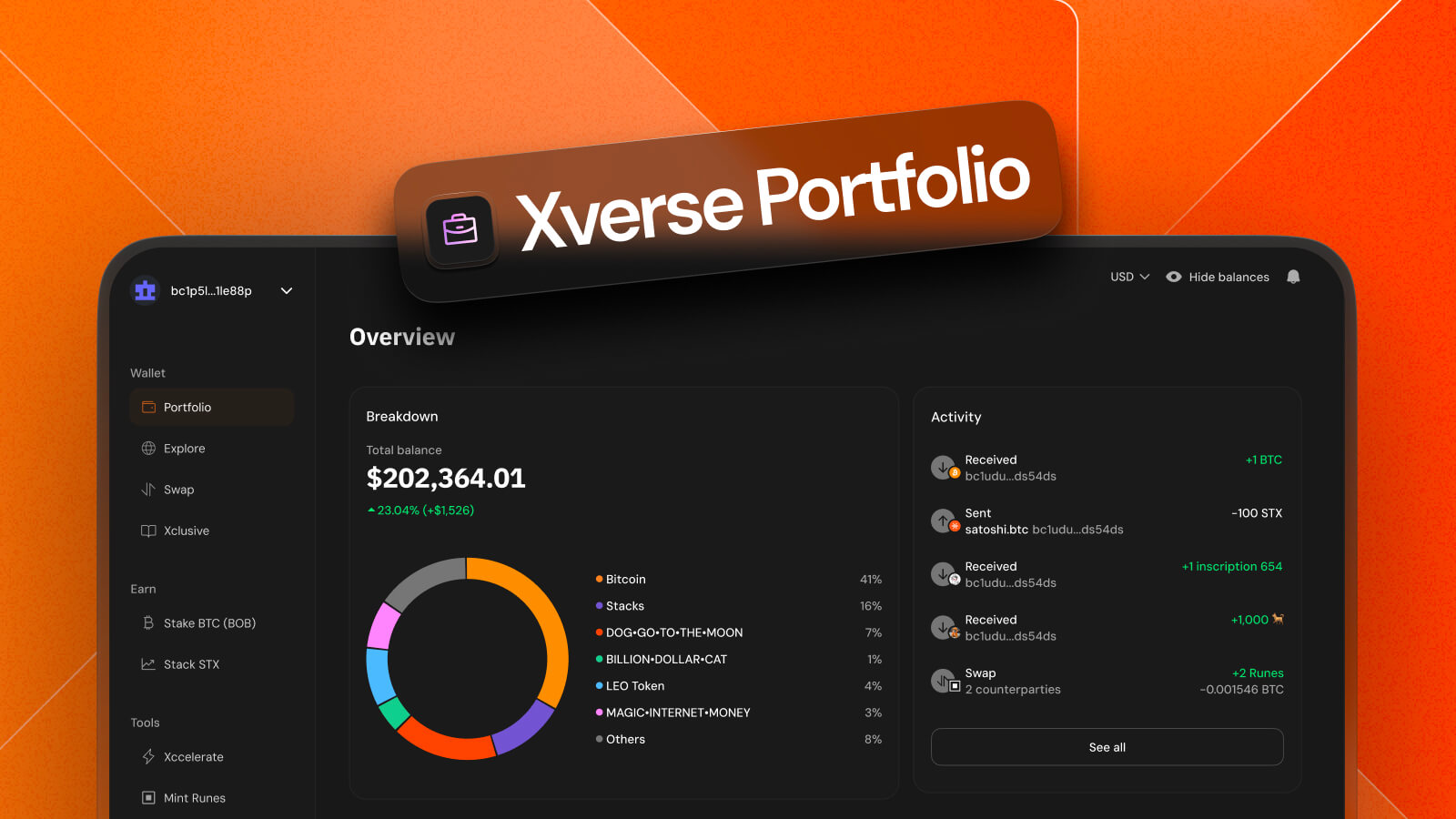What Is Child Pays For Parent (CPFP) & How Can You Use It To Accelerate Bitcoin Transactions?
Learn what Child Pays For Parent (CPFP) is and how you can use it to speed up Bitcoin transactions.

Sign up for updates!
Stay tuned to our latest news and updates
.svg)
Thanks to the Ordinals and Runes, the Bitcoin network is busier than it’s ever been. That means your transaction could remain in the mempool for hours or longer before it is processed. Fortunately, you don’t have to wait that long because you can use a technique like Child Pays For Parent (CPFP) to accelerate your Bitcoin transaction.
Read on to learn about CPFP and how you can use it to speed up your transactions.
What Is CPFP?
CPFP is a technique for expediting the confirmation of a Bitcoin transaction stuck in the mempool.
It entails creating a second transaction with a higher fee to incentivize miners to add both transactions (the original and the new) in the next block. The new transaction is related to the previous one, creating a child-parent relationship.
That means the first transaction is the parent and the subsequent transaction is the child.
Since the child transaction has a high fee, miners are enticed to confirm the parent transaction first to take advantage of this attractive earning opportunity.
Remember, miners are compensated for their work through transaction fees, so they will always prioritize transactions that pay them more. As such, you should ensure that the fee attached to the child transaction is high enough to raise the total cost of both transactions.
How Does Child Pays For Parent Work?

Transactions can remain stuck in the Bitcoin mempool for hours or days when the fee is too low. For instance, your transaction cost is too low if the current transaction fee is about 20 sat/vB and you have only paid 5 sat/vB.
To speed up this transaction using CPFP, the recipient must create a new transaction that spends the output (UTXO) of the unconfirmed transaction. The new transaction fee should be high enough since miners will calculate the total transaction fees across the two transactions to determine if they are worth prioritizing.
When someone sends you bitcoin, you receive an Unspent Transaction Output (UTXO) in your Bitcoin wallet. This is the amount of BTC that is received but not spent. UTXOs are used as inputs in new transactions.
So, transaction inputs point to the output of a previous transaction. In CPFP, the child transaction spends the output of the parent transaction, creating a link between them.
Based on Bitcoin’s consensus rules, the transaction that creates an output must precede the transaction that spends the output. Therefore, the child transaction generally can’t be confirmed before the parent transaction, as miners would typically confirm the parent first to make both valid. That means miners can’t go after the high transaction fees of the child transaction without first confirming the parent.
What’s the Difference Between CPFP And RBF?
Both CPFP and RBF (Replace By Fee) accelerate confirmations when transactions are stuck in the mempool for a long time.
However, in the RBF method, a user must create a different transaction with a higher fee to replace the unconfirmed one. This entices miners to prioritize the new version of the transaction, meaning it may be processed faster. RBF only works when the new transaction has the same input as the original transaction and pays for the cost of the transaction being replaced. This guarantees there is no double spend and the identical transaction only replaces the initial transaction that was slow.
To better understand the difference between CPFP and RBF in a use-case scenario, here is a breakdown:
CPFP is suitable when you are receiving payment and cannot persuade the sender to increase their fees. If you fail to increase the fees as the recipient, the transaction takes more time to confirm.
On the other hand, Replace by Fee is suitable when you are the one spending or initiating a transaction and you need the transaction to confirm faster. Hence, you initiate a second identical transaction to the same address but with a higher fee to better compensate the miners and have them pick your transaction.
Here’s a summary of the comparison between the two fee-bumping mechanisms:

How to Use CPFP to Accelerate Your Bitcoin Runes Transactions
To accelerate your Runes tokens (or any other type of Bitcoin) transactions using CPFP, head to Xverse’s CPFP transaction accelerator platform, Xccelerate.
And that’s all you need to do to speed up your Bitcoin transaction with CPFP.
Share this article



.svg)




